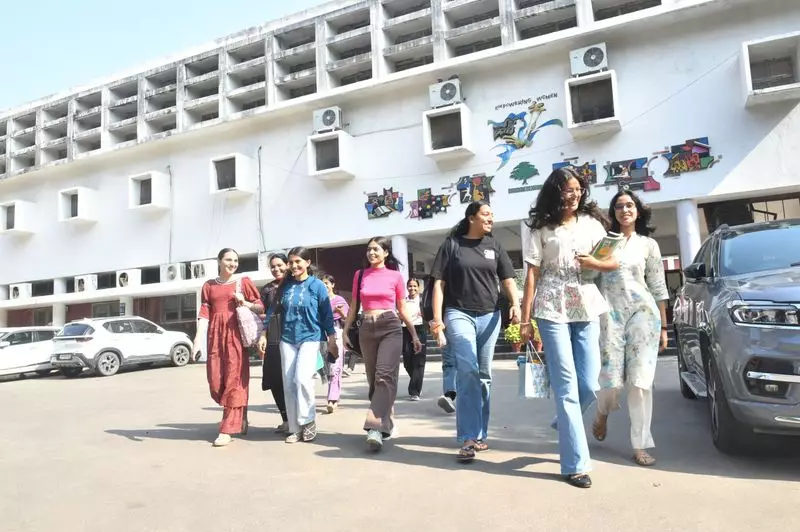
In a remarkable development that's capturing national attention, Chandigarh has positioned itself as India's definitive blueprint for higher education excellence. The meticulously planned city has achieved what many states aspire to – creating an educational ecosystem that rivals global standards while addressing local needs.
The Numbers Speak Volumes
Chandigarh's educational density is nothing short of extraordinary. With approximately 14 universities and degree-awarding institutions serving its population, the city boasts an educational infrastructure that surpasses most Indian metropolitan areas. This concentration of academic power has created a unique learning environment where innovation and excellence thrive.
Panjab University: The Crown Jewel
At the heart of this educational revolution stands Panjab University, consistently ranked among India's top higher education institutions. Its impressive NAAC A++ grade and high placement rates demonstrate how traditional universities can evolve to meet contemporary educational demands while maintaining academic rigor.
Beyond Traditional Teaching Methods
What truly sets Chandigarh apart is its embrace of innovative pedagogical approaches. Educational institutions here have moved beyond conventional lecture-based teaching to incorporate:
- Industry-integrated curriculum development
- Practical, hands-on learning experiences
- Research-oriented teaching methodologies
- Digital learning platforms and tools
- Cross-disciplinary academic programs
A Model Worth Replicating
Chandigarh's success story offers valuable lessons for other Indian cities and states. The strategic clustering of educational institutions, combined with forward-thinking policies and industry collaboration, has created a self-sustaining educational ecosystem that produces job-ready graduates while advancing research and innovation.
The city's transformation into an educational powerhouse demonstrates that with proper planning and execution, India can develop world-class higher education systems that serve both student aspirations and national development goals.





